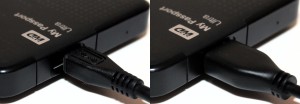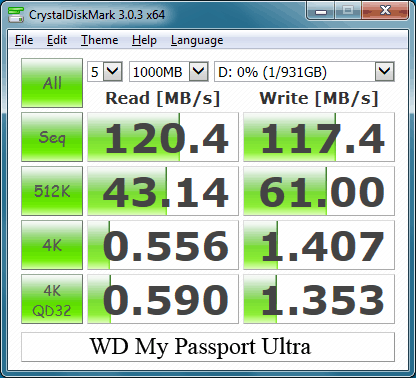

- Seagate backup plus slim vs wd my passport ultra portable#
- Seagate backup plus slim vs wd my passport ultra Pc#
- Seagate backup plus slim vs wd my passport ultra tv#
If you want more storage and don’t mind a larger, heavier drive, we continue to recommend the 4 TB Seagate Backup Plus Portable, which costs less per terabyte than the 2 TB Backup Plus Slim. It was faster at sequential reading in our HD Tune test, but it was slower in our other testing. (Make sure not to buy the 4 TB Seagate Backup Plus Fast by mistake – that’s a different drive that we do not recommend.) Why you should trust us It’s twice as thick as our top pick and almost twice as heavy, too.
Seagate backup plus slim vs wd my passport ultra Pc#
Wirecutter has researched and recommended hard drives since early 2012, and our PC team has over eight years of combined experience testing hard drives and solid-state drives. #Seagate backup plus slim 2tb vs wd my passport ultra 2tb Pc

I’ve spent the last two years reviewing hard drives and SSDs.
Seagate backup plus slim vs wd my passport ultra portable#
We’ve collectively spent nearly 200 hours researching and testing portable hard drives in just the past four years. If you’re not backing up the important documents and photos on your computer, you should start. Your computer’s internal drive will stop working someday, and unless your data is backed up, it’ll be gone forever.

Fortunately, backing up your data is easy and getting started takes only a few minutes: Read our advice and set up a system that will back up your files automatically both to an external hard drive and the cloud. Just backing up to one or the other isn’t enough having both onsite and cloud backups ensures that your data stays safe from localised threats such as fire, theft or natural disaster, as well as internet outages or disruptions to the cloud backup provider. A portable hard drive is a great local backup for a computer you take from your house to the coffee shop, on business trips or on vacations. You should consider replacing your backup drives between the third and sixth year of use. If your drive dies and you have a cloud backup, you won’t lose data, but restoring from the cloud will take a very long time.

According to statistics from cloud backup service Backblaze, hard drives are most likely to fail either within the first 18 months of use or after three years. About 5% of drives fail in the first 18 months of use, and the failure rate lowers to about 1.5% for another 18 months. At the four year mark, the failure rate is 20%.Īt three years of service, the failure rate jumps to almost 12%. Based on five years of data, Backblaze estimated that more than half of hard drives will last six years. If you frequently move between different locations and need a drive to keep in your bag and use to back up photos and other data while you’re traveling, you should get a portable external drive like the ones we recommend in this guide. But if you spend most of your time working from one desk, a desktop external drive is the better choice. They’re less expensive per terabyte and a bit faster than portable drives, but desktop external hard drives are bigger and heavier than portable ones and require an additional power adapter. And although one bump can still lead to failure, portable hard drives are designed to withstand a little more abuse than desktop hard drives. If you can afford to pay around three times more for a smaller, lighter, more durable and much faster portable drive with hardware encryption, we recommend a portable solid-state drive. Ideally, a portable hard drive is something you don’t notice much. #Seagate backup plus slim 2tb vs wd my passport ultra 2tb portable
Seagate backup plus slim vs wd my passport ultra tv#


 0 kommentar(er)
0 kommentar(er)
